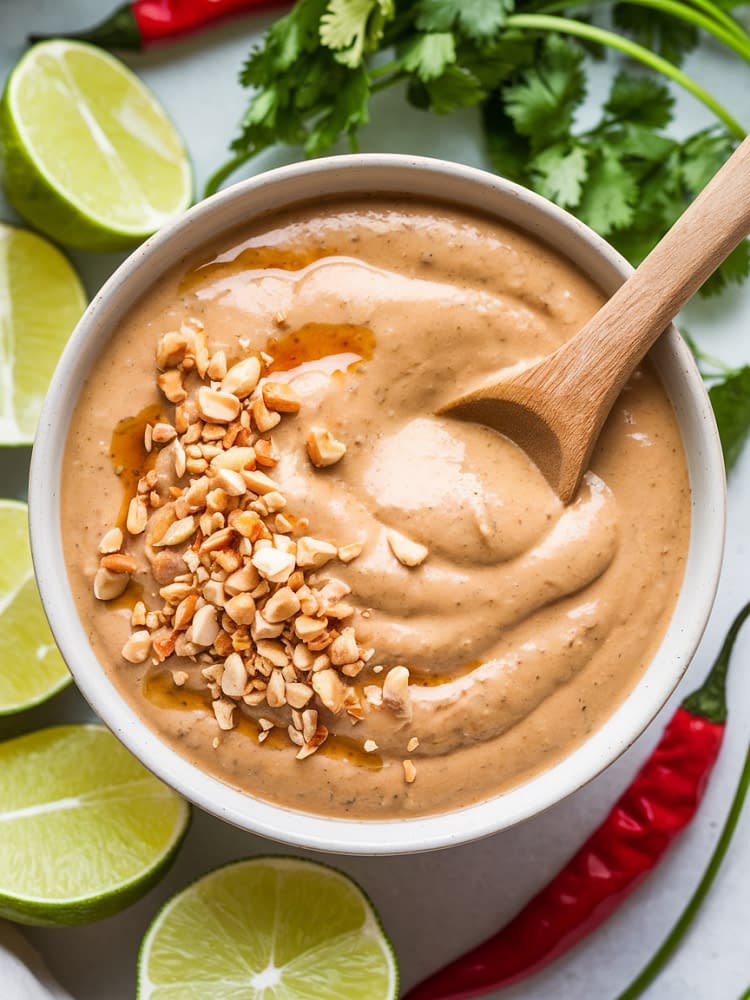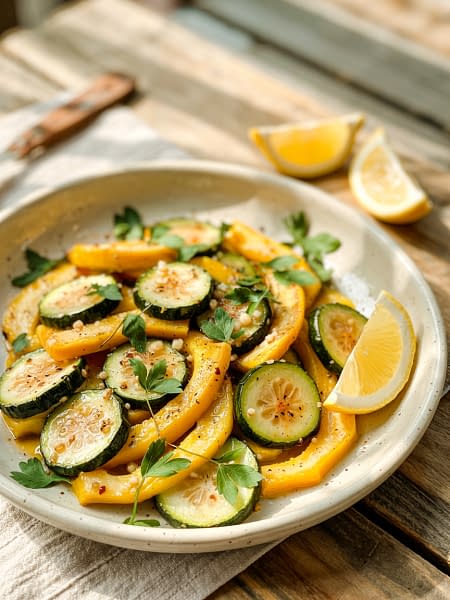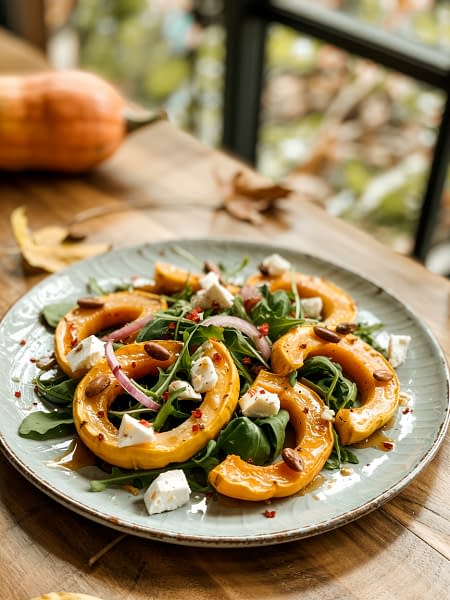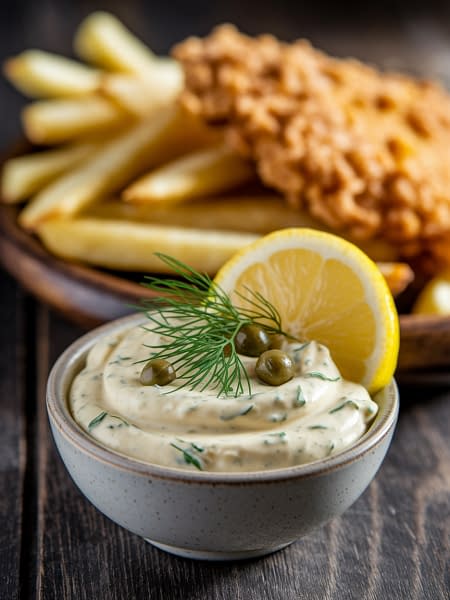Thai Peanut Sauce is a staple in Thai cuisine, known for its creamy texture and balanced flavors of nuttiness, sweetness, umami, and a hint of spice. It’s incredibly versatile, serving as a dipping sauce, salad dressing, marinade, or even a stir-fry component. Whether you’re making fresh spring rolls, satay skewers, or noodle bowls, this sauce adds a delicious Thai-inspired twist to any dish.
In this guide, we’ll take a deep dive into the world of Thai Peanut Sauce. You’ll learn about its origins, essential ingredients, step-by-step preparation, variations, and best ways to use it. Plus, we’ll share pro tips to ensure you get the perfect consistency and flavor every time.
The Origins of Thai Peanut Sauce
Despite being commonly associated with Thai cuisine, peanut sauce actually has Indonesian roots, where it is known as “satay sauce” or “bumbu kacang.” It became widely popular in Thailand, evolving with local ingredients like coconut milk, tamarind, and palm sugar, creating the creamy, flavorful sauce we know today. In Thai cuisine, it’s often paired with grilled meats, fresh vegetables, and noodle dishes.
Key Ingredients for Authentic Thai Peanut Sauce
To create a rich and well-balanced Thai Peanut Sauce, you’ll need the following essential ingredients:
1. Peanut Butter (or Freshly Ground Peanuts)
- Natural, unsweetened peanut butter is best for a smooth texture.
- Alternatively, grind roasted peanuts for a chunkier consistency.
2. Coconut Milk
- Full-fat coconut milk adds creaminess and a mild sweetness.
- Use canned coconut milk for the richest texture.
3. Soy Sauce or Fish Sauce
- Soy sauce provides depth and umami.
- Fish sauce adds a more authentic Thai flavor.
4. Sweeteners
- Palm sugar or brown sugar balances out the saltiness and acidity.
- Honey or maple syrup can be used as alternatives.
5. Acidic Elements
- Fresh lime juice or rice vinegar enhances brightness.
- Tamarind paste adds a tangy, slightly sweet note.
6. Aromatics & Spices
- Garlic and ginger for depth of flavor.
- Thai red curry paste or chili flakes for heat.
7. Water or Broth
- Helps adjust the consistency to suit different uses.
Step-by-Step Guide to Making Thai Peanut Sauce
Follow these easy steps to create the perfect Thai Peanut Sauce from scratch.
Step 1: Gather Your Ingredients
Measure out all ingredients to ensure a smooth cooking process.
Step 2: Sauté Aromatics
In a saucepan over medium heat, sauté minced garlic and ginger in a bit of oil until fragrant.
Step 3: Combine Ingredients
Add peanut butter, coconut milk, soy sauce, sweetener, lime juice, and any optional ingredients like tamarind paste or Thai curry paste.
Step 4: Simmer & Stir
Whisk the mixture continuously over low heat until smooth and slightly thickened (about 5 minutes).
Step 5: Adjust & Serve
Taste and adjust seasoning. Add more lime juice for acidity, more sugar for sweetness, or more water to thin it out.
Tips for the Best Thai Peanut Sauce
- Use high-quality peanut butter for the best flavor.
- Whisk continuously to prevent burning or separating.
- Adjust consistency by adding water or coconut milk as needed.
- Customize the heat level with chili flakes or Thai red curry paste.
- Store properly: Refrigerate in an airtight container for up to a week.
Thai Peanut Sauce Variations
Want to switch things up? Try these variations:
- Spicy Thai Peanut Sauce: Add Sriracha or extra red pepper flakes.
- Lighter Version: Use low-fat coconut milk and reduce sugar.
- Extra Creamy: Blend with more coconut milk or add Greek yogurt.
- Ginger-Lime Thai Peanut Sauce: Double the ginger and lime for a fresh, zesty taste.
Best Ways to Use Thai Peanut Sauce
This sauce is incredibly versatile! Here are some delicious ways to enjoy it:
1. Dipping Sauce
- Spring rolls
- Chicken or tofu satay
- Raw veggie platters
2. Salad Dressing
- Thai peanut slaw
- Noodle salads
- Quinoa bowls
3. Marinade or Stir-Fry Sauce
- Grilled chicken, shrimp, or tofu
- Sautéed vegetables
- Rice and noodle dishes
4. Spread or Drizzle
- Over sandwiches and wraps
- Drizzled on Buddha bowls
- Mixed into soups for added richness
Storing & Freezing Thai Peanut Sauce
- Refrigeration: Store in an airtight container for up to a week.
- Freezing: Freeze in small portions for up to 3 months. Thaw and whisk before use.
Conclusion
Thai Peanut Sauce is a must-have in any kitchen, offering a perfect blend of creamy, sweet, savory, and spicy flavors. Whether you’re using it as a dip, dressing, marinade, or sauce, it enhances a wide variety of dishes. With this in-depth guide, you now have everything you need to make the perfect batch of Thai Peanut Sauce at home. Try it out and let your taste buds enjoy the delicious magic of Thai cuisine!
Authentic Thai Peanut Sauce
This creamy, nutty, and slightly tangy Thai Peanut Sauce is the perfect dipping sauce, dressing, or marinade. Made with roasted peanuts, coconut milk, and aromatic spices, it pairs beautifully with satay, fresh rolls, noodles, or even grilled meats. It's quick to make and bursting with authentic Thai flavors!
Ingredients
For the Thai Peanut Sauce
Instructions
Prepare the Ingredients
If using whole peanuts, blend them in a food processor until smooth. Otherwise, measure out peanut butter. Mince the garlic and grate the ginger finely.
Combine Ingredients
In a saucepan over medium heat, whisk together the peanut butter (or ground peanuts), coconut milk, soy sauce, rice vinegar, Thai red curry paste, honey, garlic, and ginger.
Cook the Sauce
Stir continuously for 3–5 minutes until the sauce thickens and becomes creamy. Gradually add warm water to reach your desired consistency.
Add Finishing Touches
Remove from heat and stir in sesame oil for extra richness. Let it rest for 5 minutes before serving.
Serve & Enjoy
Use it as a dip, drizzle over noodles, or marinate grilled meats.
Nutrition Facts
Servings 4
- Amount Per Serving
- Calories 828.94kcal
- % Daily Value *
- Total Fat 63.33g98%
- Saturated Fat 26.4g132%
- Cholesterol 1.47mg1%
- Sodium 1870.78mg78%
- Potassium 1011.71mg29%
- Total Carbohydrate 55.24g19%
- Dietary Fiber 7.34g30%
- Sugars 38.35g
- Protein 24.9g50%
- Vitamin A 13.26 IU
- Vitamin C 4.58 mg
- Calcium 123.63 mg
- Iron 8.49 mg
- Vitamin E 6.41 IU
- Vitamin K 1.7 mcg
- Thiamin 0.52 mg
- Riboflavin 0.18 mg
- Niacin 10.63 mg
- Vitamin B6 0.42 mg
- Folate 203.07 mcg
- Phosphorus 460.5 mg
- Magnesium 209.87 mg
- Zinc 3.63 mg
* Percent Daily Values are based on a 2,000 calorie diet. Your daily value may be higher or lower depending on your calorie needs.
Note
Storage: Store in an airtight container in the fridge for up to 1 week. Reheat with a splash of water if it thickens too much.
Variations: Add a teaspoon of fish sauce for more umami, or a bit of sriracha for extra heat.
Make it Nut-Free: Substitute peanuts with sunflower seed butter for an allergy-friendly version.
Serving Suggestions: Serve with satay skewers, spring rolls, or as a salad dressing.








